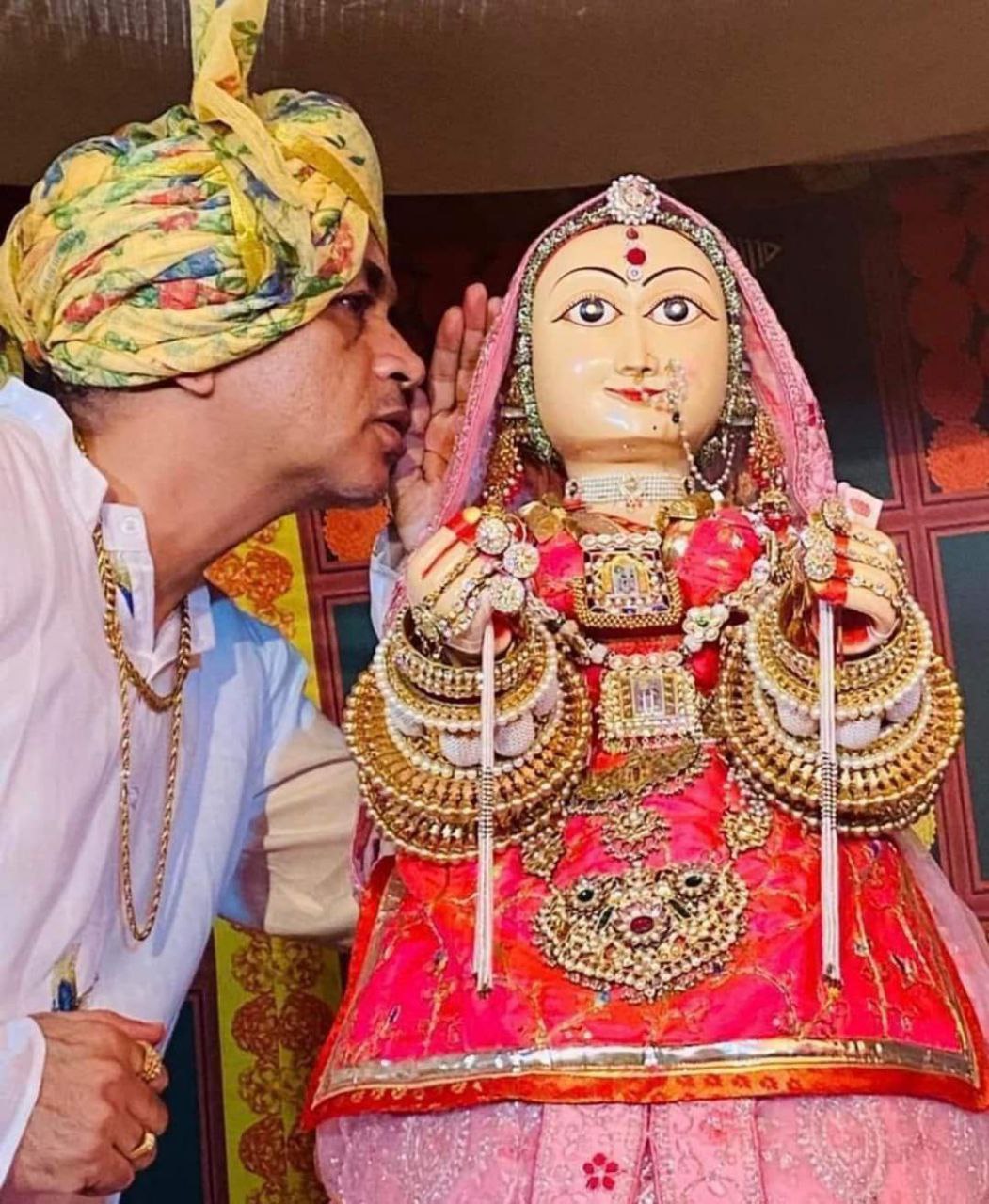Festivals of Thar Desert
Rajasthan has probably the most colourful fairs and festivals in India. These festivals are not only spectacular but also reflect the lifestyles of Rajasthanis and their passion to celebrate and enjoy all events.
Teej
Teej is one of the most important and widely celebrated festivals of the ladyfolks of Rajasthan. The festival celebrates the beginning of the rainy season. Swings, traditional Geets and folk dances are the unique features of Teej celebrations in Rajasthan. Women are found to be dressed in coloured clothes and enjoy their sway on swings alongwith their friends and mates. Self made swings hung from the branches of trees are a common sight in the desert areas of Rajasthan and newly married girls return to their parents’ home during the festival month, while the grownup ones miss their parental home and village. Teej is celebrated with immense fun and fanfare in the entire state of Rajasthan. Mehndi is applied by the young girls and grown up women on the palms of their hands. The womenfolks gather at a nearby temple, chowk or Sand Dunes and enjoy the celebrations. Special fairs are held in the cities like Bikaner, Jaipur, Jodhpur and Udaipur and spectacular processions led by decorated camels, horses and elephants are carried out, thronged by the devotees and visited by tourists from all parts of world.
.jpg)
Gangaur

The festival of Gangaur or Gavarja Mata is the most awaited festival of the inhabitants of Thar desert. Lord Shiva and Parvati are worshipped in the form of Issarji and Gavarjaji by the married ladies and the young girls. Starting from Ashthami after Holi, the festival is celebrated for eighteen days followed by the final pooja on the third Navratra. The statues of Gavarja Mata and Issarji are normally found in all houses of Rajasthan. This festival reflects and symbolizes the rich cultural heritage of Rajasthan. It is believed that by performing this Puja, the unmarried girls find suitable matches for themselves whereas the married women do the same for long lives and good health of their husbands. Beautiful and soulful songs, known as Geets are sung praising Gavarja Mataji. Pots full of wheat and barleys, germinated from the seeds of wheat and barleys, watered everyday during the festival season are kept near the statues of Isarji and Gavarjaji and the same are worshipped too.
Basant Panchami
Basant Panchami, a festival in the month of Hindu calender month of Vasant, usually falling in the month of February is celebrated with colour and gaiety in the state of Rajasthan. Goddess Saraswati, a diety of education, wisdom, music and art is worshippped on the day by everyone, particularly by the student community. It is a common belief that without the blessings of goddess Saraswati an artist or a student cannot excel. The blessings of goddess Saraswati is sought in all cultural programmes and events and the famous Saraswati Vandana is attended by all artists and musicians irrespective of religions and faiths.

Akshay Tritaya

Akshay Tritiya, also known as "Aakha Teej" in Rajasthan is considered to be an auspicious day, falling on the third day of Shukla Paksha (Bright Half) of the Hindu month Vaisakh. The day is celebrated as the birth day of Lord Parsuram, said to be Lord Vishnu's sixth reincarnation. The dictionary meaning of the word 'Akshay' is eternal or never diminishing and therefore, it is believed that any new venture starting on this day will last very long. The river Ganga is believed to have been brought to earth by King Bhageerath on Akshay Tritaya only. Lord Ganesha is said to have commenced writing Puran -- the holy scripture on this day. The day is considered so auspicious that the foundation stone of the desert city of Bikaner was laid by King Bikaji on this day. The day is celebrated by flying kites and having a feast of special dish called as 'Kheechda' eaten with 'Imlani,' a drink made of ..., known as Imli in hindi language. Mass marriages and quite often child marriages are performed on this day, despite a law banning this.